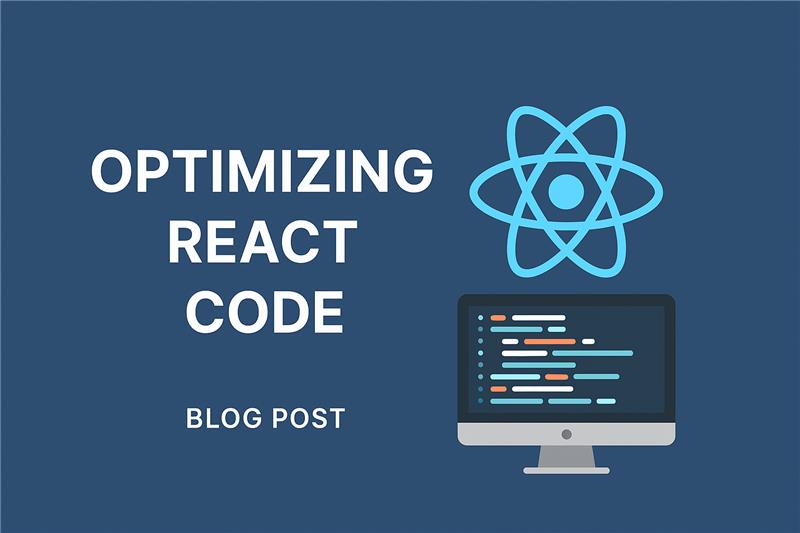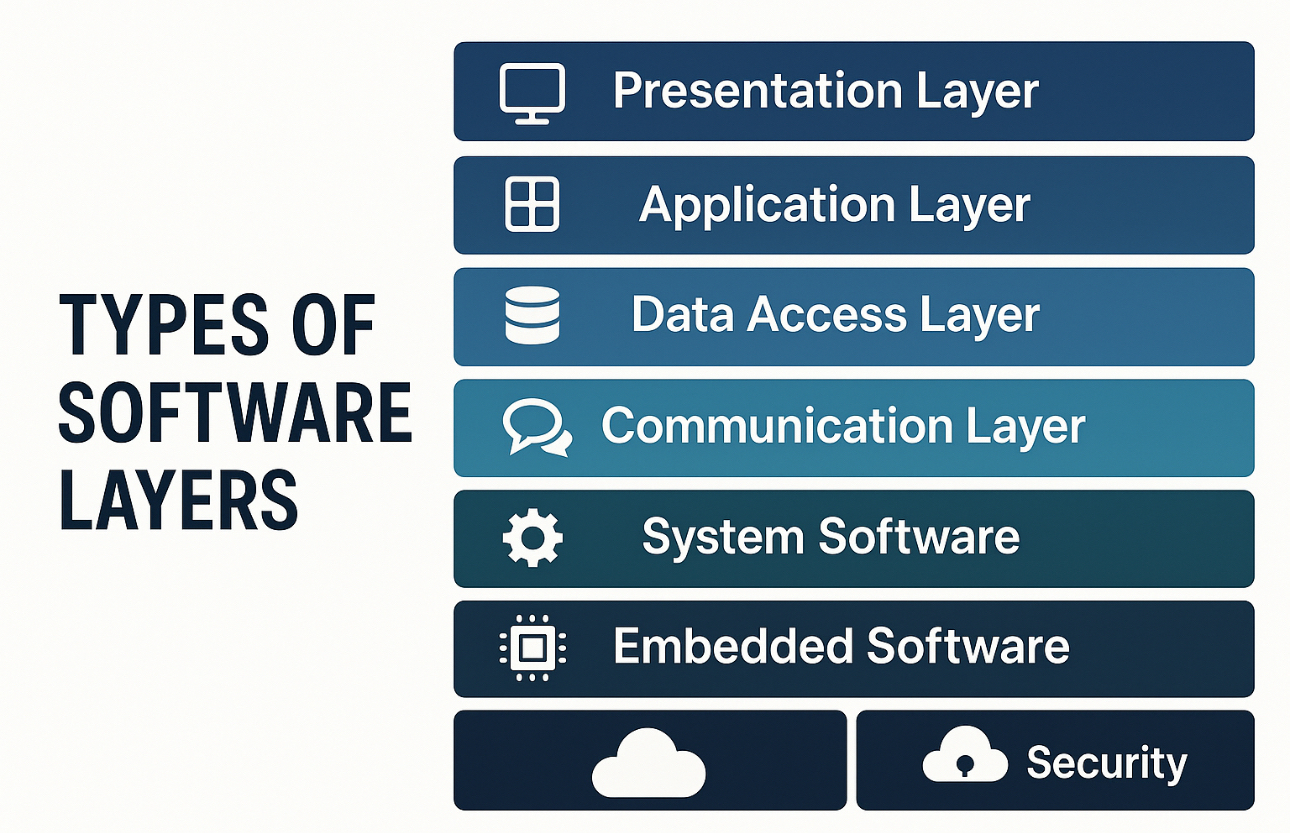
React is designed to be fast and efficient, but as applications grow larger, performance bottlenecks
inevitably creep in. Slow renders, UI lags, heavy bundles, and unnecessary re-renders can quickly
degrade the user experience. In this article, we’ll explore advanced techniques to optimize React
applications — from avoiding unnecessary re-renders to implementing virtualization, code splitting,
and profiling tools. Whether you are building a startup MVP or scaling an enterprise application,
these practices will help ensure your app remains smooth and responsive.
1. Avoiding Unnecessary Re-renders
One of the most common performance pitfalls in React is unnecessary re-rendering. Even small
components can impact overall performance if they re-render too often. ■ Solution: Use
React.memo, useCallback, and useMemo carefully.
2. Code Splitting & Lazy Loading
Large bundle sizes lead to longer load times. Instead of shipping the entire app upfront, split it into
smaller chunks and load components only when needed.
3. Virtualization for Large Lists
Rendering thousands of elements in the DOM can be extremely costly. Libraries like react-window
or react-virtualized solve this by rendering only what’s visible on screen.
4. Optimizing Context & State Management
React Context is powerful, but using it for frequently updated values can cause all consumers to
re-render. Best practice: Use context for low-frequency updates (theme, auth), and libraries like
Zustand, Redux Toolkit, or Jotai for high-frequency updates.
5. Reduce Reconciliation Overhead
React’s reconciliation algorithm (diffing) can be expensive if component trees are complex. Use
keys properly, split large components, and keep DOM trees shallow.
6. Optimize Images & Assets
Assets often take more time to load than JavaScript. Optimize images using responsive loading,
compression, and SVGs for icons. Next.js helps with automatic optimization.
7. Profiling and Measuring Performance
You can’t optimize what you can’t measure. Use React DevTools Profiler to identify bottlenecks,
and tools like Clinic.js or node --inspect for backend profiling.
8. Server-Side Rendering (SSR) and Static Site Generation (SSG)
If using Next.js, leverage SSR and SSG for better initial load times. Use SSR for dynamic data,
SSG for static pages, and ISR (Incremental Static Regeneration) for hybrid approaches.
Conclusion
React performance optimization is not about blindly applying techniques — it’s about measuring,
identifying bottlenecks, and applying targeted solutions. - Use memoization (React.memo,
useMemo, useCallback) wisely. - Reduce bundle sizes with lazy loading and code splitting. -
Render efficiently using virtualization for large lists. - Optimize state management and avoid
unnecessary context updates. - Profile and measure before optimizing. With these best practices,
your React applications will remain fast, scalable, and user-friendly — even as they grow in
complexity.
Post a comment Cancel reply
Related Posts
October 30, 2025
Empowering Business Analysts: How AI is Revolutionizing Agile Practices
In today's fast-paced digital landscape, Agile methodologies are no longer optional— they're essential for organizations…
October 30, 2025
What is SAP? How does it work?
The full form of "SAP" is “Systems Applications and Products in Data Processing” which is…
October 3, 2025
Types of Software Layers
In today’s fast-paced digital ecosystem, software systems have become the backbone of every enterprise’s technological…
August 25, 2025
React Fiber and Reconciliation: The Engine Behind Modern React UX
As modern web applications grow in complexity, delivering a smooth, responsive user experience is more…

















